In the Mountain State of West Virginia, there are many lost and buried treasures that have eluded treasure seekers for centuries. In this article lost treasures of West Virginia, we will explore 10 of those lost treasures.
You will learn about buried gold and silver coins, buried loot in the Appalachian mountains, lost Civil War payrolls, everyday people’s buried fortunes, and more. Join me as we discuss some of the most intriguing hidden treasures that are awaiting discovery in the state of West Virginia!
10 Lost Treasures of West Virginia
| TREASURE | AMOUNT | LOCATION |
|---|---|---|
| Buried Gold and Silver Coins Buried Near Charleston | A fortune in gold and silver coins | In an old burying ground in Charleston, West Virginia. |
| Silver Coins Wash Ashore Near Paden City | An unknown amount of Silver Coins | South bank of the Ohio River near Paden City, West Virginia |
| Lost Carpenter Farm Treasure | $2,000 in gold and silver coins | Near Bear Fork about 9 miles east of Grantsville, WV. |
| Hidden Confederate Loot on South Branch Mountain | $40,000 in gold | in a cave on the northwest side of South Branch Mountain near Helmick Rock south of Moorefield, West Virginia |
| Lost Jonathan Swift Treasure | An unknown amount of silver bars and coins | In a cave at the headwaters of the Buckhannon River where the old Seneca War Trail crosses. |
| Dennis Atkins Buried Gold Coins | $200,000 in gold coins | On the east bank of the Tug Fork River just north of Kermit, WV near a toll bridge. |
| The Doll House Treasure | $330,000 | Southeastern Upshur County close to Bear Camp Run and the left fork of the Buckhannon River in West Virginia. |
| Moishe Edelmans? Buried Treasure Chests | Four treasure chests filled with gold coins | Somewhere along the banks of the Laurel Fork Creek in the Appalachian region of West Virginia. |
| Revolutionary War Veterans Buried Gold | Iron kettle of gold and silver coins | Near the town of Shepherdstown, West Virginia. |
| Buried Union Payroll Near The Guyandotte River | An unknown amount of gold | Guyandotte River near Chapmanville, West Virginia. |
Buried Gold and Silver Coins Buried Near Charleston

This story dates back to 1763 during the Pontiacs War when the Native Americans rose up against British rule in the Great Lakes Region just after the French and Indian War. A wealthy farmer who was worried about his fortune being looted by Indians is said to have buried his fortune in gold and silver coins in an old burying ground in Charleston, West Virginia.
Soon after the farmer was killed by Indians and his treasure is presumed still buried waiting to be reclaimed!
Silver Coins Wash Ashore Near Paden City
When the Ohio River floods people have been finding silver coins on the south bank of the river near Paden City. The coins are presumed to be coming from the wreck of an old riverboat steamer that can be seen near the shore.
Lost Carpenter Farm Treasure
On April 5, 1933, Executive Order 6102 was put into effect forbidding the hoarding of gold coins, gold bullion, and gold certificates of the people of the United States. People were forced to trade in their gold to the Federal Reserve in exchange for $20.67 per troy ounce. So many during that time decided to hide the gold that they possessed so the government could not take it.
In the 1930s a farmer Samuel Lawson is said to have buried $2,000 in gold and silver coins on The Carpenter Farm which was located near Bear Fork about 9 miles east of Grantsville, WV.
Hidden Confederate Loot on South Branch Mountain
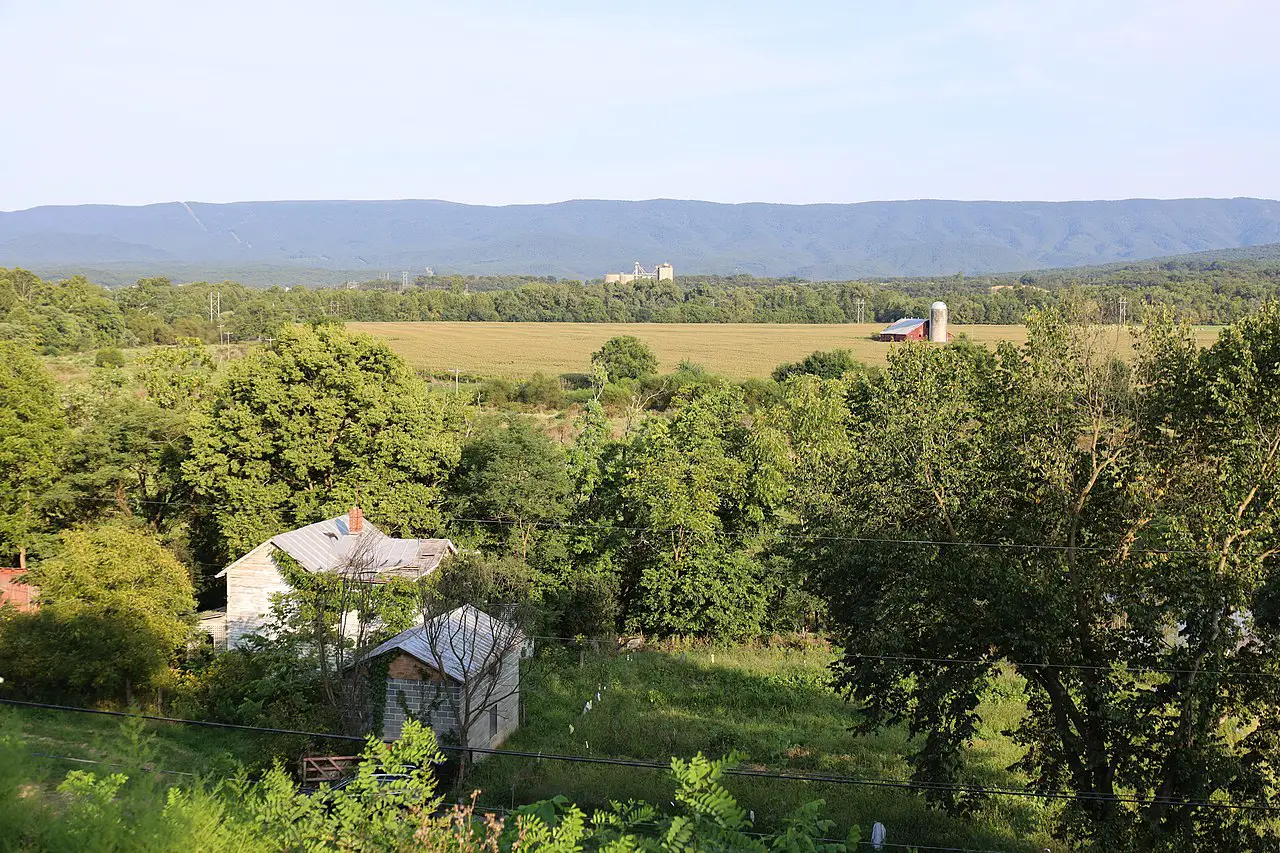
According to the Moorefield Examiner sometime in 1861 three Confederate soldiers who deserted their post robbed a bank in either Richmond or Fredericksburg Virginia. They got away with $40,000 in gold.
The thieves are said to have hightailed it over South Branch Mountain near Helmick Rock which is a sandstone outcropping in the mountains just south of Moorefield, WV. It is here that they found a cave with a tight opening that was located on the northwest side of Branch mountain under one of three cliffs.
They hide the gold in a hole in the wall of the cave. After leaving the gold in the cave the Confederate thieves are said to have been caught and two of them killed or died en route to prison. The third Rebel drew a detailed treasure map. There was supposedly a large flat rock near the cave with the number 73 or 74 scratched into them. He also mentioned that you could see the flat rock from the Chimney of the Joe Cook House whatever that was.
The map also stated that the three cliffs are located on the old Capon Road. So is that gold still hiding in a hole in a cave on the northwest side of South Branch Mountain? Much of the mountain is now private property so you will want to get permission before hunting for this lost treasure!
Lost Jonathan Swift Treasure
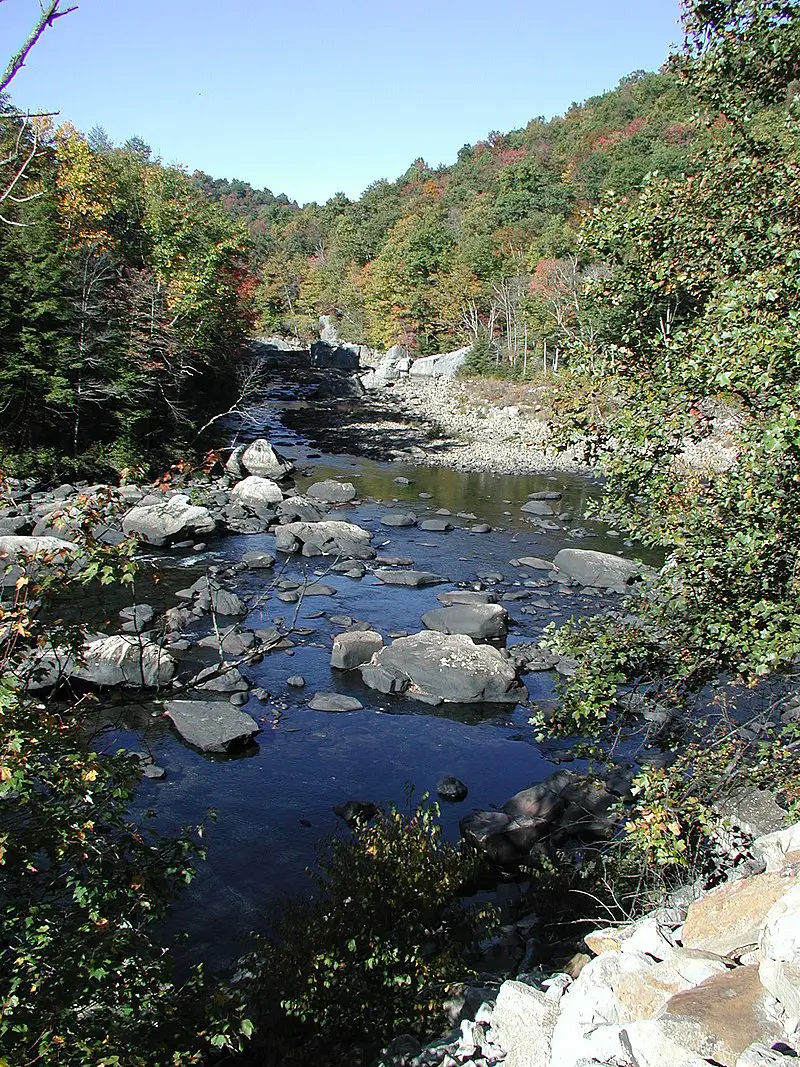
This story is an account of lost silver ingots and coins that are alleged hidden in a cave in the Buckhannon River Valley. Jonathan Swift was the leader of a party of miners who came to the region of the Appalachian mountains in 1760. According to Swift’s journal, he found a rich silver vein in a cave somewhere in the Appalachian mountains. Assumptions are that the silver mine was either in eastern Kentucky, southwest Virginia or eastern Tennessee.
According to an 1886 article in Harper?s Magazine. Swift buried much of his treasures in various places in the Appalachian mountain region. This story is just one account of hidden treasure placed in a cave in the Buckhannon River Valley in West Virginia.
As the story goes while some members of the Jonathan Swift party were making camp near the Buckhannon River they were attacked by Indians. They were carrying bars of silver that they had made from their silver mine. They hurriedly threw the sacks of silver bars onto their mules took off down the Seneca Trail.
The miners made it to a cave at the head of the river. They quickly buried the silver bars in the cave and when the coast was clear they left meaning to return for the silver bars someday. In Jonathan’s journal, he also mentioned that they did have silver mines in the Buckhannon river valley so those miners being in that location is plausible.
Search For The Treasure
Fast forward about 100 years during the Civil War a soldier showed up with a map of the hidden treasure. He stopped by an old friend named Wilson and showed him the map and said the treasure was about fifty miles south in Upshur County in the Buckhannon River Valley.
The soldier said that he had been in Upshur County searching for the treasure but it was too dangerous because of many outlaws and military in the area. He showed Wilson the map and said that it had been drawn by one of the miners who drowned in the Buckhannon River when he was trying to get back to the cave.
The soldier also said that his friend in Marion County held the key to the map. Without it the map was useless. Wilson was very interested and said he would partner with the soldier in locating the treasure. The soldier said he first had to report to his cavalry and left the map with Wilson. He also gave Wilson directions to his friend in Marion County.
The Soldier Never Returns
Wilson waited for the soldier’s return but he never came back. After two years of waiting Wilson along with his grandson, Joseph M. Wilson decided to go and get the key to the map from the soldier’s friend in Marion County. Wilson supposedly got the key to the map and he and his grandson rode back home. Wilson died shortly after. Years later Joseph Wilson went to his grandmother’s house in search of the treasure map and the key. He found the map but didn?t find the key.
After close study of the map, Joseph decided that the treasure was in a cave near the old Seneca War Trail where it crossed at the headwaters of Buckhannon River. Joseph Wilson finally gave up on the search for the treasure and in 1891 gave the map to Lucullus Virgil McWhorter.
McWhorter also searched in vain for the treasure. He eventually wrote about the lost treasure and published it in 1915. Over the years many have searched for this lost treasure to no avail and it?s presumed still hidden away in a cave at the headwaters of the Buckhannon River where the old Seneca War Trail crosses there.
Dennis Atkins Buried Gold Coins
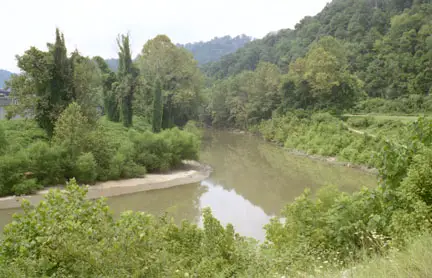
A man named Dennis Atkins is said to have buried $200,000 in gold coins on the east bank of the Tug Fork River just north of Kermit, WV around 1900. The coins are said to be near a toll bridge there.
The Doll House Treasure
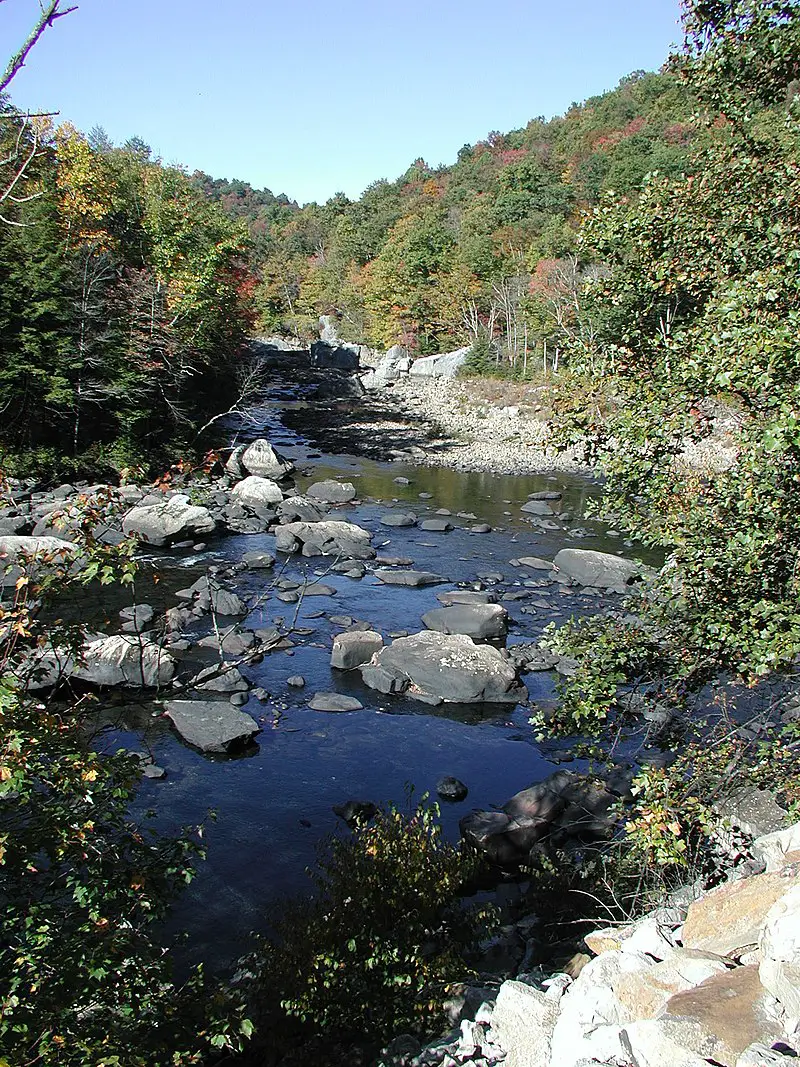
In 1889 somewhere in the Appalachian Plateau area of West Virginia a man who said he was from Spain Alfonso Marzo came to this area of West Virginia and asked a farmer named Shahan if he could purchase some of his land and that he would pay the farmer in gold. Shahan agreed and Mr. Marzo bought a few acres from him.
The land was close to railroad tracks about a mile from Shahan?s homestead. Marzo brought all his belongings to the property and quickly built his home. Now Marzo was a small stocky man and he built a very tiny house. The house was about the size one would build for kids to play in. The neighbors in the area called it the dollhouse.
Marzo was apparently shy because he would run into the woods anytime Shahan or one of his neighbors would stop by. Marzo would rarely come to town and when he did he purchased what he needed and quickly went back to his home. Marzo had alluded to Shahan that he was a blacksmith but Shahan never saw Marzo doing any blacksmith work or for that matter any work at all.
Marzo Vanishes
Marzo ended up living in his tiny home for about four years. Then he seemed to vanish into thin air. No note or word to anyone he was just gone. The only thing left was his tiny home to remember him by.
After Marzo had been gone for many years Shahan received a letter from Marzo dated August 17, 1911, and it came from Madrid, Spain. The letter basically said that Marzo was in prison in Madrid Spain and that he had $330,000 hidden somewhere. Marzo wanted Shahan to find a trunk that was on Marzo?s property in West Virginia and in the trunk, there was supposed to be a letter presumably a map to where the $330,000 was hidden. The letter also stated that if Shahan could get the map that Marzo would share a third of the money with him.
Marzo wanted Shahan to reply by cablegram if he was willing to do what he asked. Shahan found the letter hard to read and decided not to reply.
How Did Marzo Become so Wealthy?
If Marzo?s treasure did exist where did he get it from? Well, it turns out that a bank was robbed just east of Upshur county a couple of weeks before Marzo showed up at Shahan?s doorstep. The amount taken was a third of a million dollars just about the exact amount that Marzo claims he had hidden away on his property.
Many started to believe that Marzo was the bank robber and that he buried the loot under his tiny home the dollhouse. People from the area descended onto Marzo?s property looking for the dollhouse which by all accounts is said to have just disappeared. That seems a little too weird to me probably just something someone added to make the story more appealing. Anyway, many people searched and searched for the money but it was never found.
According to records of the area, the Shahan farm was located in Southeastern Upshur County close to Bear Camp Run and the left fork of the Buckhannon River in West Virginia.
Moishe Edelmans? Buried Treasure Chests
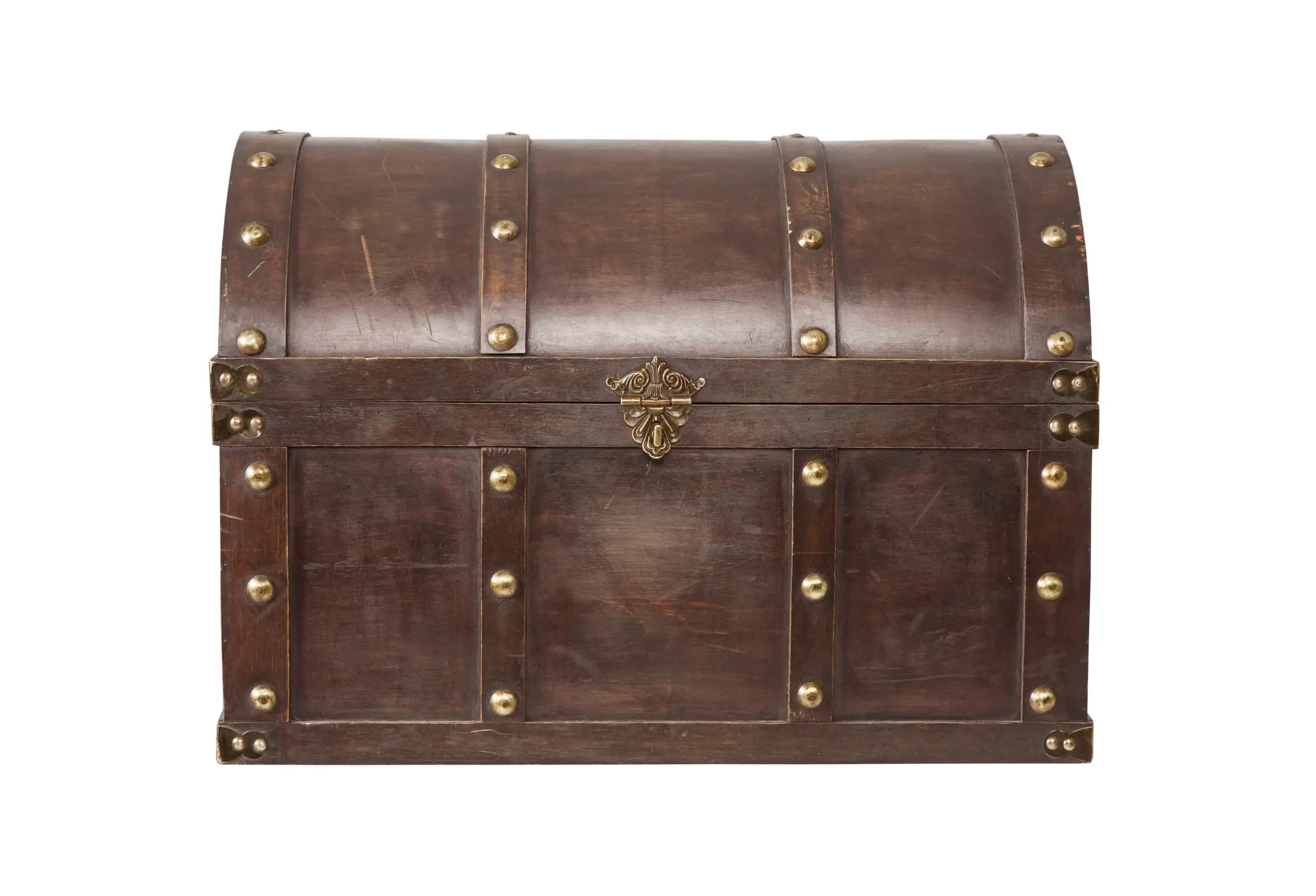
Moishe Edelman was born in the 1880s in Russia. Moishe left Russia for England when he was just a teenager. There he worked long hours doing manual labor jobs that didn?t pay well but Moishe was a man who saved most of what he made and he eventually had enough money for a ticket on a steamship to America.
Moishe immigrated to America in the early 1900s he ended up in West Virginia where he worked low-paying jobs for a time. He eventually decided to become a traveling salesman selling various goods in the Appalachian regions of Virginia and West Virginia.
Moishe would travel carrying a heavy canvas bag filled with household items that he would sell to his customers. He would travel from house to house selling his goods. He is said to have walked thousands of miles between the years 1916 to 1930. Moishe saved most of the money he made over these years. He would trade the paper currency for gold coins.
Since he didn?t trust banks he would bury these gold coins on the banks of a small creek in Lincoln County West Virginia. When Moishe grew older he found it more and more difficult to travel by foot and carry his wares everywhere he went so he decided to purchase a cheap automobile that he actually lived in most of the time.
Moishe Suffers a Heart Attack
One day in June 1933 Moishe drove his new car to Ohio to pick up some more merchandise to sell from a dealer he knew there. Unfortunately, Moishe suffered a heart attack while loading the merchandise into his car while he was in Ohio. He was admitted to intensive care where doctors told him that he didn?t have long to live.
On his death bed, he confided to one of the doctors that he had buried four chests of gold coins on the banks of a creek in West Virginia. He told the doctor in his dying breath that to find the buried treasure chests he needed to go to the village of Fry that was located between Logan and Huntington, West Virginia.
Then he told the doctor from there to travel towards the community of Leet that?s over the mountains from Fry. There he would find the Laurel Fork Creek that drains into the Big Ugly Creek. Moishe then proceeded to tell him to walk up the Laurel Fork Creek a mile or so until you find a huge rock. Across the road from the rock, there is a bend in the Creek and that?s where four treasure chests are buried with thousands of dollars in gold coins in them.
Moishe Dies
After he told the doctor the whereabouts of the buried treasure Moishe died. The doctor decided to travel to West Virginia to look for the buried treasure. He made it to the area where Moishe explained where the treasure would be buried. But the area in the Appalachians was more vast than the doctor had imagined.
He found many spots that looked like what Moishe had described in his deathbed confession. The doctor dug many holes along the banks of the Laurel Fork Creek but he never did find the four treasure chests filled with gold coins. After a few days of digging with no luck, the doctor returned to Ohio empty-handed.
To date, no one had found these treasure chests and they could still be buried somewhere along the banks of the Laurel Fork Creek in the Appalachian region of West Virginia!
Digging Deeper: Lost Treasures of Ohio
Revolutionary War Veterans Buried Gold
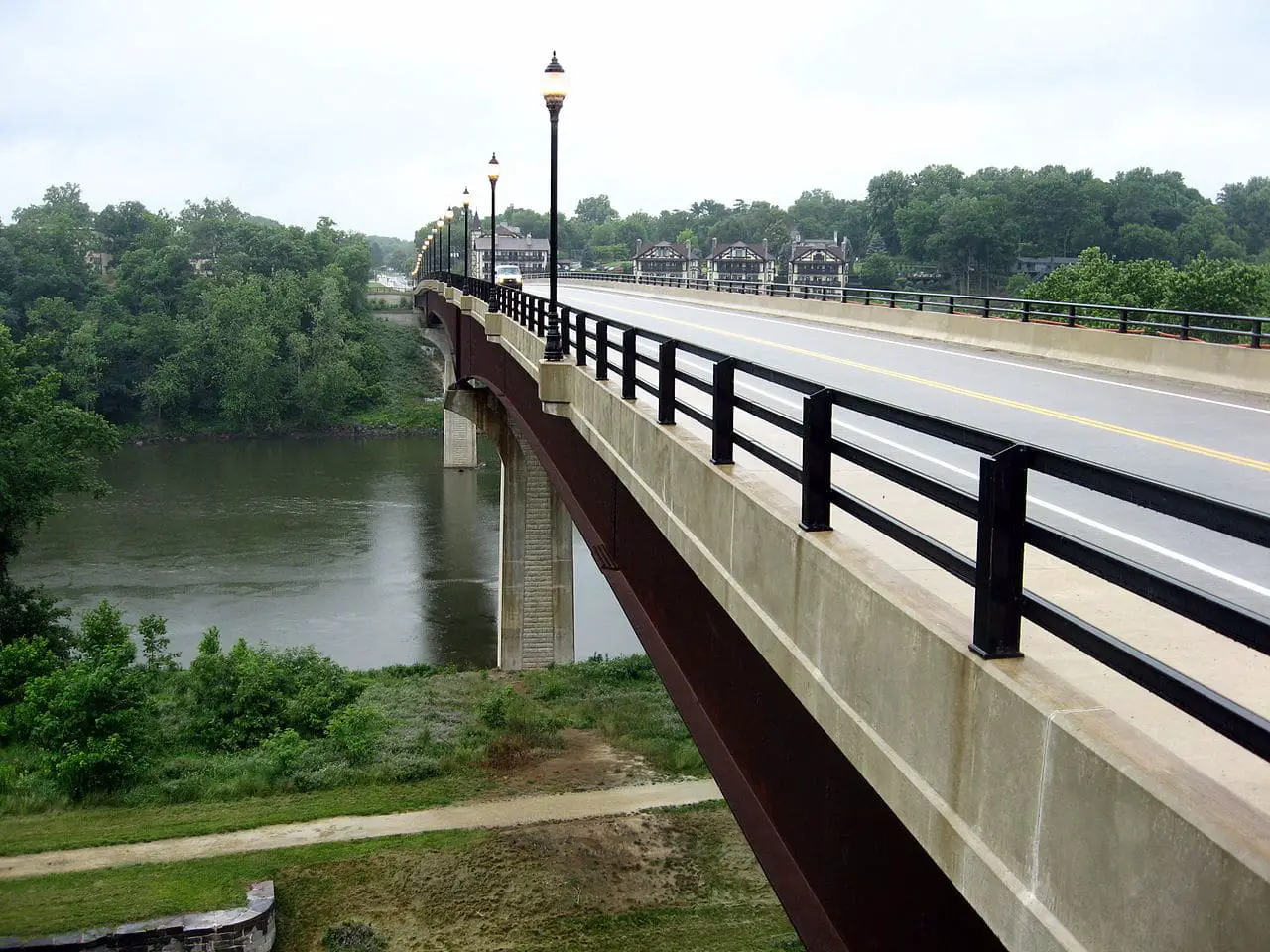
Joseph Van Swearingen was a Colonel in the Revolutionary War. After the war, he decided to purchase a farm near Shepherdstown, West Virginia. Joseph was ready to settle down and enjoy life on the farm. Over his forty years in the military Joseph accumulated great wealth much of it from the lootings of war.
Joseph decided to go a see a fortune teller who told him that he would die within a year. After hearing this Joseph who normally wouldn?t believe such things started to worry about his death and what he would do with the riches that he had accumulated all those years.
So he decided to have his wealth buried. He had one of his laborers on the farm dig a hole somewhere on his farm and put an iron kettle filled with gold and silver coins in it. The laborer then filled the hole with dirt. Joseph didn?t tell anyone where the treasure was buried and he didn?t leave any clues.
Joseph died exactly as the fortune teller predicted. He had no known family to leave his wealth to. Many have searched for the lost iron kettle of gold and silver coins to no avail and it?s presumed to still be buried somewhere on Joseph Van Swearingen?s old farmstead that was located near the town of Shepherdstown, West Virginia.
Buried Union Payroll Near The Guyandotte River
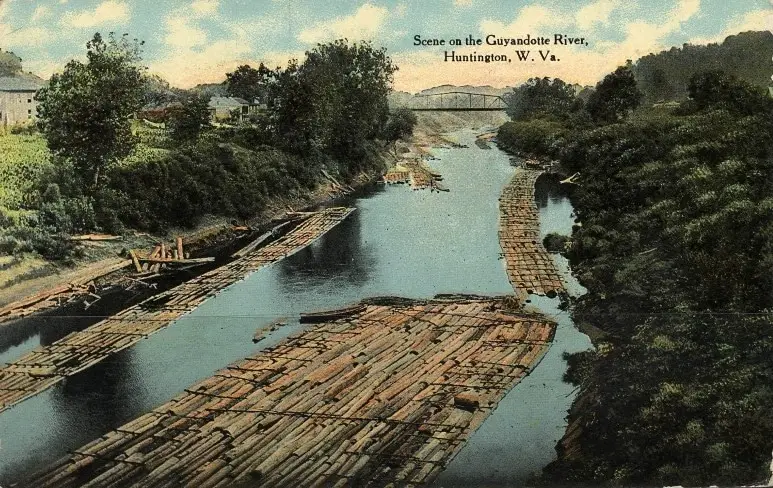
During the Civil War Union soldiers were hauling a wagon full of gold. The shipment of gold was the payroll for Union troops in a nearby camp. While they were on their way through the woods in Fayette County West Virginia a Union scout told them that Confederate forces were coming from the east.
With the Confederates inching closer they decided to stop the wagon train and have the gold which was in canvas bags buried on the west side of the Guyandotte River near Chapmanville, West Virginia. After burying the gold the Union soldiers rode on but they were quickly overtaken by the Confederates and all the Union soldiers were killed.
The Confederate soldiers looked for the payroll in the Union wagons and found it gone. They presumed that the Union soldiers had buried it which was confirmed when they found the journal of one of the Union soldiers. The Confederates went back and searched for the buried payroll but never found it.
Decades later in 1930, someone found the old journal that the Confederate soldier had left in one of his trunks. The journal stated that the treasure was buried where an old road and the Guyandotte River came within twenty yards of each other.
The man who found the journal went searching for the buried payroll but he never found it because over the many years since the Civil War the river had changed course and the surrounding landscape had changed dramatically.
The lost Union payroll has more than likely been washed away with the shifting river and could very likely be somewhere at the bottom of the Guyandotte River near Chapmanville, West Virginia.
Conclusion – Lost Treasures of West Virginia
That concludes our stories of lost treasures from the great state of West Virginia. There are lost and buried treasures all over the world and many lucky treasure seekers have found some of them! Will you be one of those lucky few that find one of these lost treasures when metal detecting in West Virginia? You never know until you try and nowadays armed with a metal detector and a good idea where the treasure might be buried you just might have a chance at finding one of these buried treasures that many have been searching for over the years!
I hope you enjoyed the article and if you have any questions or comments please leave them below. Until next time Happy Treasure Hunting!
@Cory Haasnoot Thanks for your work composing this piece. I’m kindling a new love for metal detecting and found your article to be very interesting. Things like metal detecting or anything that requires physical work are of a dying breed. Good to know theres still people out there putting in work to fulfill their dreams..two thumbs up! iIf you have any related information please pass it on or where you got your leads Im trying to learn how to do my research on potential leads for metal detecting any pointers would be appreciated thanks
Thank you for the kind words, Ryan, and thanks for the comment! Good luck in your quest for lost treasure!!